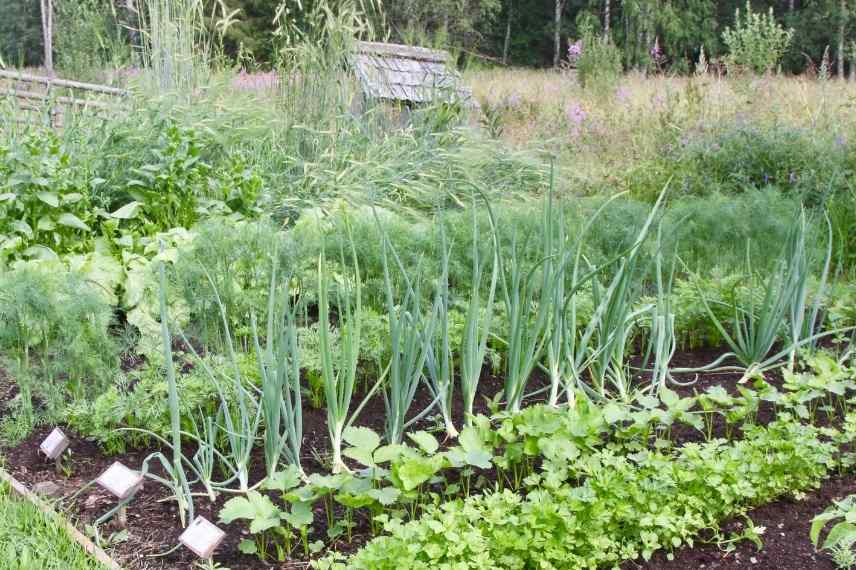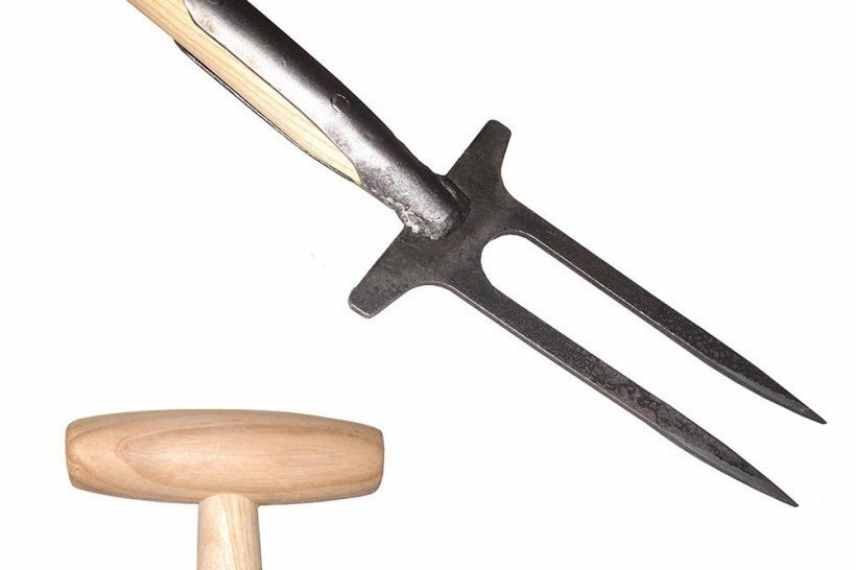
What is a rose fork used for?
Ideal tool for small spaces
Contents
Rose fork is a perfect tool for working between plants in a border or vegetable patch or in any other small areas of the garden. This gardening tool consists of a long handle and d’a head fitted with two closely set, very sturdy, sharp tines. Thanks to its robustness and pointed tines, rose fork can be used in heavy, compact soils. Rose fork is ultimately used like a digging fork. It allows the same tasks to be carried out in ornamental garden as in vegetable patch: break up and loosen soil, weed, move perennials or young bushes.
What is a rose fork?
A rose fork, sometimes called a flower fork, is a two‑tined fork, or more rarely three‑tined. Its two‑tined blade is narrow enough to pass between plants in a border. This is the main advantage of this type of fork.
This handy garden tool consists of a long handle in ash wood or sometimes composite materials and a steel head. This boron‑treated steel head is fitted with two very robust, particularly sharp tines. Two ridges serve as “footrests” on the top of the rose fork head. This type of fork works perfectly in all soils, even the heaviest or most compact.
Traditional De Pypere rose fork
The rose fork is a precision tool, designed to:
- Loosen, break up and crumble soil to depth: like a digging fork, but its narrow blade makes the rose fork much easier to use on small areas or between plants. This type of tool aerates soil without turning it over, preserving soil microbial life and avoiding cutting earthworms, essential for soil health and fertility;
- Scratch and scrape the soil surface: this helps aerate soil and allows better water penetration by breaking any surface crust;
- Uproot “weeds”: with a simple levering action, it is very easy to pull out adventive plants even when they have large roots;
- Divide perennials: it is not always easy to use a large digging fork to lift clumps of perennials from the soil. The rose fork is ideal for this. Simply divide the clump with a knife or using two digging forks;
- Move young trees and bushes: the rose fork is a particularly robust tool capable of uprooting young sowings or suckers of trees and bushes without (too much) damage. They can then be replanted elsewhere.

An ideal tool to use in small spaces, for example between rows in the vegetable plot
Read also
What is a scraper used for?How to use a rose fork?
Technique is essentially the same as using a digging fork or border fork.
→ To loosen and aerate soil :
- Hold the tool firmly by the handle ;
- Press firmly with your foot (left or right as preferred) on one of the “steps” to drive the tines into the soil ;
- Use a levering motion by bringing the handle towards your hip ;
- Remove the tool ;
- You can use both tines of the fork to break clods and crumble soil more effectively.
→ To remove adventive plants, or to move or lift perennials or bushes out of the soil :
- Hold the tool by the handle ;
- Press firmly on one of the “steps” to drive the tines into the soil right at the roots of the plant to be removed. Don’t hesitate to step back a few centimetres for a plant with a large root system ;
- Use a levering motion by bringing the handle towards your hip ;
- Pull the plant out of the soil then do with it as you wish.
Discover other Roses
View all →Available in 0 sizes
Available in 2 sizes
Available in 3 sizes
Available in 2 sizes
Available in 2 sizes
Available in 1 sizes
Available in 2 sizes
Available in 2 sizes
Available in 2 sizes
Available in 2 sizes
- Subscribe!
- Contents










































Comments